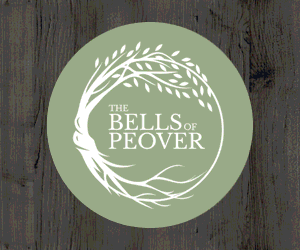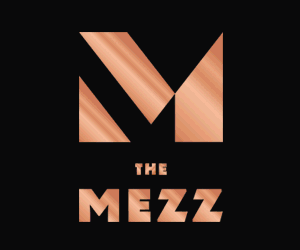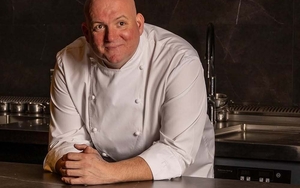I’VE been pondering wine labels lately. Usually my first impulse is to get the cork out - or more usually these days screw the cap off, before pouring and swirling, sniffing and slurping - but, ever since an unusual tasting at Manchester’s Hanging Ditch merchants, artwork has been keyed into the vinous equation.
It really is the time of the year for big, rich reds
Art and wine? There’s a lot of it about: from the continuing tradition at Chateau Mouton Rothschild of commissioning the finest artists of the age to design their labels to NQ bar Kosmonaut’s monthly Colour Me Happy sessions where, for £15 a go, you get five glasses of wine and a colouring book to pursue mindfulness.
But back to Hanging Ditch, ever playful and innovative in its wine tastings (matching sherries with Umezushi’s sushi or Skyping bleary-eyed Aussie winemakers).
HD head honcho Ben Stephenson enlisted Manchester Art Gallery’s curator Hannah Williamson, not a wine buff, and asked her to pick a selection of bottles from his shelves based upon which labels caught her professional eye. The result was seven wines; ranging in price from 58 Guineas Claret 2014, at a tenner and not too thrilling, to Alfred Gratien Cuvée Paradis Rosé Champagne (£75), which was truly paradisal and whose label reminded Hannah of an ornate frame. This eminent producer’s only pink bubbly, it is a small masterpiece of delicacy and harmony, in contrast to so many dumb examples of pink.
 Gratien Cuvee Paradis
Gratien Cuvee ParadisAll of which brings me to a playful exercise in education and branding from Asda, manning the barricades against the price-led onslaught of Lidl and Aldi with their 17 Wine Atlas wines. They are a kind of global trip around unheralded regions and grape varieties at prices hovering around a fiver. You can’t really miss them on the shelves. Inspired by colourful vintage travel posters, each label represents the country of origin and tells the story of the grape it’s made from.
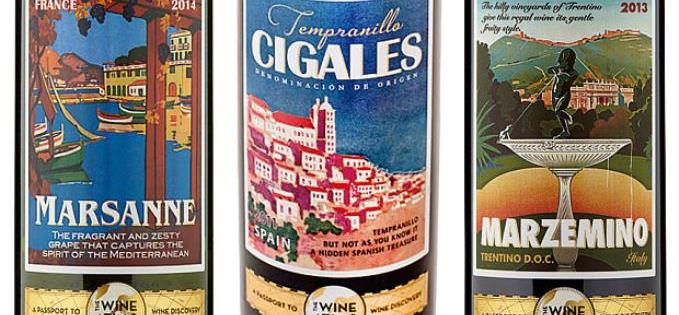 Wine Atlas Trio
Wine Atlas TrioTake Wine Atlas Bobal. Not a clue? It’s an accessible red with lots of strawberry and cherry fruit from the Utiel-Requena region above Valencia. You get hints of liquorice and black pepper but not a lot of complexity, yet at £4.97 it’s a snip - as is Wine Atlas Cigales Tempranillo 2011, which smells of chocolate and has a dense blackcurrant fruit flavour for a quid more. As well as lesser-known areas of Spain and France, the Atlas rage also puts Hungary and Romania on the map.
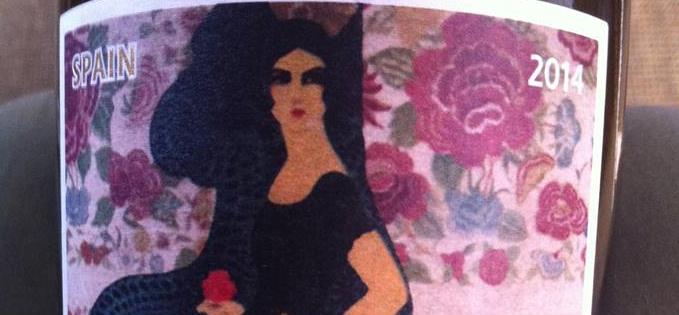 Wine Atlas Bobal
Wine Atlas BobalPriorat from Catalonia is one of Spain’s best red wine-producing enclaves, yet lingers well behind Rioja and Ribera del Duero in the public mind. In the days when reds stuck at 13%, its 17+ alcohol percentage lent it a savage reputation from all but the best producers. Having calmed down a lot, it’s starting to spread its charms. Convey Priorat 2013 is a good entry level example, arriving on the shelves at Morrison’s for £10. A blend of 60% Mazuela and 40% Grenache, made from old vines with low yields, each variety is fermented and aged separately. I love its dark purple robe, hint of toast on the nose and red fruit concentration.
It really is the time of the year for big, rich reds. At 14%, Viña Ventisquero’s Chilean Grey Cabernet Sauvignon 2012 (£13.49 and named after a Patagonian glacier) is the product of a hot, dry growing season on the stony, granitic soils of the Maipo Valley. It was then aged for eighteen months in extra-fine grain French oak barrels, a third of them new, resulting in rounded tannins and great smoothness. On the nose especially it is a delight, a potpourri of berries, chocolate and typical New World Cab choccie hints.
Slurp, a fine online wine source, also stock the Argentine siblings of another leading Chilean winery. Kaiken was created in 2002 by Montes, seeking a new terroir in Argentina’s Mendoza region. Appropriately, Kaiken is the Mapuche Indian name for a wild Patagonian goose that can be found on both sides of the Andes. In 2007 they acquired a 1920s-built winery in the sub-region of Vistalba and 50% of their grapes come from their three vineyards with contrasting soils. I’m a fan of their Ultra wines and flagship red, Mai, but the Terroir range offers the best value at £9.99 a bottle.
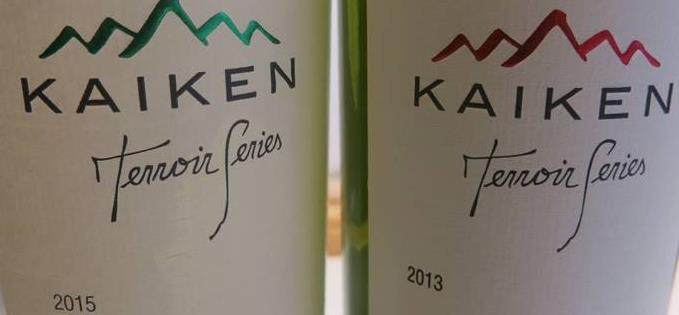 Kaiken terroir
Kaiken terroirKaiken Terroir Series Cabernet Sauvignon 2013 is Cab blended with 12% Malbec and 8% Petit Verdot. All grapes are hand-picked in March and, once fermentation is complete, 40% of the wine is aged for six months in French oak barrels, while the rest remains unoaked. The wine is kept in bottle for six months before release. Silky on the tongue, spicy on the palate, it is a very accessible red, also available from the legendary D. Byrne and Co of Clitheroe.
Better still is their 2015 Kaiken Terroir Series Torrontés from old vines at altitude, yielding a highly acidic white meshed with intense tropical fruit after classic Argentine Torrontes aromas of citrus, orange peel and grapefruit. After such piercing freshness is a complete New World contrast from Tumbarumba, the coolest climate region in Australia’s New South Wales. Marks & Spencer’s Tumbarumba Chardonnay 2014 (£12) offers discreet, biscuity oak; there’s also figginess and peach on the nose, but behind the initially creamy palate there’s a subtle flintiness, which I like.
For real minerality with low alcohol, though, check out under-rated Muscadet. The Wine Society has been promoting lesser strength wines since Christmas and, at 11.5%, Muscadet Sèvre-et-Maine, Caves de la Nantaise 2014 (£5.95 bottle, £71 dozen) from Maison Bourgrier fits the bill perfectly with a great citric bite. It won’t be long now before we’ll be dreaming of these kind of whites. They call it spring.





